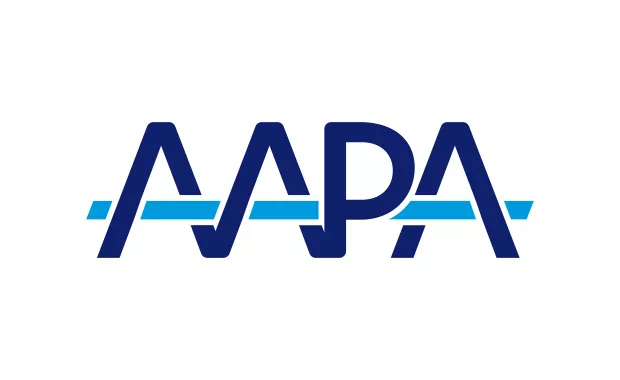Making EHR Systems Work for PAs
By AAPA Reimbursement Department
Electronic health record (EHR) systems have been a challenge for many healthcare professionals in terms of systems not being user-friendly, a lack of interoperability and the concern that the patient-clinician relationship is being compromised as health professionals spend more time looking at computer screens and less time interacting with patients. However, EHRs have the ability to coordinate care for individuals, improve health for populations, increase efficiency, and reduce healthcare costs. EHRs are only able to deliver on this promise if they work effectively for all healthcare professionals. Unfortunately, the current manner in which some EHRs are designed and implemented have instituted additional barriers to efficient, cost-effective high quality care.
In particular, some EHR systems have presented specific challenges to PA practice that impede workflow, whether it be through requiring actions that are more restrictive than state law, preventing PAs from receiving information on the patients they have treated, restricting the access of PAs to important and relevant functions of the EHR, or the masking and even reassigning of information regarding services performed by PA to other health professionals. These barriers, while not universal among EHRs, must be addressed. EHRs should be designed to contribute to transparency and measure the contribution of patient care provided by PAs. Methods of measuring the contribution of services provided by PAs should be incorporated into the functionality of EHRs. This identification of professional work is important for clinical assessment, practice improvement, measuring productivity and care contribution, and management of population health.
AAPA’s new EHR Toolkit can help PAs advocate for EHR systems that are designed, selected, and implemented with functionality considerations for PAs, ultimately resulting in more efficient and high-quality patient care. AAPA’s EHR Toolkit contains five resources to help PAs, who recognize these impediments in their practice or hospital system’s EHRs, advance these goals:
- EHR Best Practices Checklist: A best practices checklist to gauge the capability of your organization’s EHR system
- EHR Best Practices for EHR Companies: A best practices handout directed at EHR vendors
- EHR Talking Points for Employers: A talking points document for discussion with your employer regarding improvement of an EHR
- Electronic Health Records and PAs: A White Paper: A white paper that further elaborates on PA-specific obstacles under EHR systems and potential solutions to those obstacles
- EHR Infographic: An infographic highlighting a few of the most prominent obstacles to optimized EHRs and the associated solutions
These materials have been developed in concert with PAs, and are designed to help PAs advocate for more efficient and effective EHR systems. Whether a clinical PA in private practice, or a healthcare leader, the AAPA EHR Toolkit can help you navigate the EHR marketplace and explain how these systems can be improved to facilitate high-quality care and maximize PA practice.
For more information regarding AAPA’s EHR Toolkit, please contact Sondra DePalma at [email protected].
Thank you for reading AAPA’s News Central
You have 2 articles left this month. Create a free account to read more stories, or become a member for more access to exclusive benefits! Already have an account? Log in.




